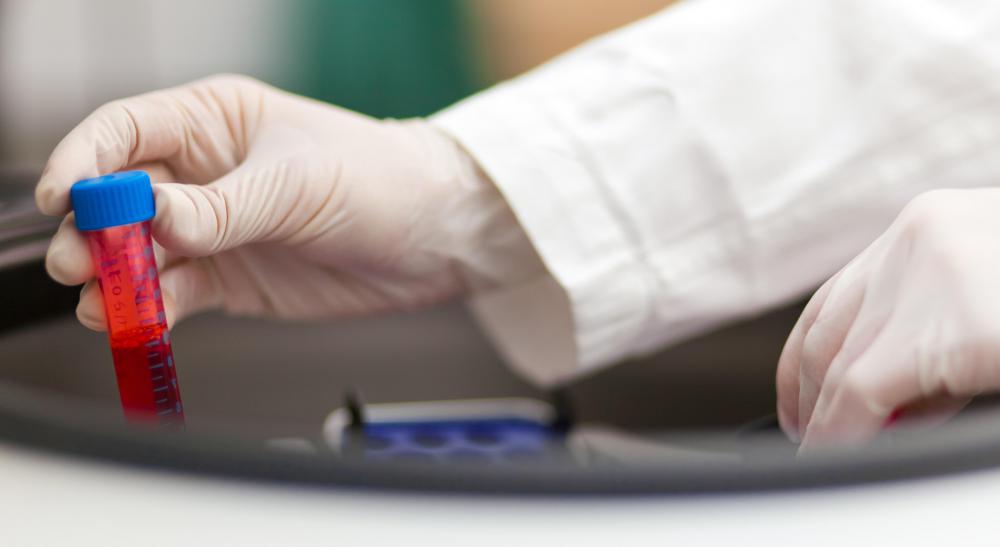At TheHealthBoard, we're committed to delivering accurate, trustworthy information. Our expert-authored content is rigorously fact-checked and sourced from credible authorities. Discover how we uphold the highest standards in providing you with reliable knowledge.
What are Blood Glucose Levels?
Blood glucose levels refer to the amounts of the sugar glucose that can be found in the bloodstream. A healthy person should only have small fluctuations in blood sugar levels throughout the day. If blood glucose levels are too high, the patient may have the disease diabetes. Very low levels of blood glucose could indicate that the patient is suffering from hypoglycemia.
After a meal, carbohydrates are digested in the intestine and glucose passes from the intestine into the liver. The liver controls the rate at which glucose is released into the bloodstream. Once in the bloodstream, glucose becomes available to all cells of the body for use as a source of energy. In order for cells to absorb glucose, they need a supply of the hormone insulin.

In a healthy person, insulin is produced by the beta cells of the pancreas. Insulin aids in maintaining normal glucose levels, which should range from 70-100 milligrams per deciliter of blood (mg/dL). These normal values can also be expressed as 3.8-5.6 millimoles/liter (mmol/L). After a meal, the blood sugar could rise to 140mg/dL (7.8mmol/L). As cells of the body absorb glucose from the blood, the level should begin to drop to normal levels.

If blood glucose levels exceed 180-200 mg/dL (10-11mmol/L), the patient may be suffering from diabetes. A diabetic patient lacks the beta cells in the pancreas that produce insulin. Without insulin, glucose cannot be absorbed into cells and it accumulates in the bloodstream instead.
Excess glucose from the bloodstream is then excreted in the urine. As the kidneys work harder to dilute this sugar, the patient will feel the need to urinate frequently. Extreme thirst is another symptom of diabetes. Diagnosis of diabetes is done by measuring the glucose levels. If untreated, the diabetic patient can develop circulatory problems that will then have damaging effects on many of the organs in the body.

Therapy for diabetes involves periodic injections of insulin throughout the day to reduce blood glucose levels. The patient will also need to monitor their own blood sugar with a home monitoring kit. A drop of blood on an indicator stick can quickly give the patient a blood glucose reading.
If blood sugar levels fall below 60-65 mg/dL (3.3-3.6mmol/L), the diabetic patient may have injected too much insulin. Otherwise, a patient may be suffering from hypoglycemia. Symptoms of low blood sugar are weakness, sweating, and shaking. With moderate hypoglycemia, the symptoms should disappear when the patient eats something.

Severe hypoglycemia can be a serious medical emergency. This can occur if the blood glucose levels of the patient drop below 50mg/dL (2.8mmol/L). The patient could lose consciousness or have a seizure. Maintenance of glucose levels through insulin therapy, as well as diet and exercise, is critical to staying healthy.
AS FEATURED ON:
AS FEATURED ON:

















Discussion Comments
My dad used to get extremely irritable when his blood glucose got too low. He had been diabetic a long time, with so many lows that he was what they call "hypo-unaware," which means he couldn't really tell when he was low any longer. He didn't get the shakes or anything.
I could almost always tell when he was low, though. He would get so very grouchy, which wasn't like him at all. It just wasn't in his nature to snap at people, but he would, and I'd know he was low. I usually made him chew some Juicy Fruit gum. It would help pretty quickly.
If a diabetic is not prone to hypoglycemia, then he or she will almost always have a fairly pronounced reaction to it when it happens. For a diabetic, vigorous exercise can use up all the available glucose, and without anything to replace it, the diabetic can go low.
Symptoms of really low blood glucose levels include shaking, cold sweats, weakness and dizziness, but it depends on the person. Sometimes I just feel weird if I go low. I have a sense of unreality. I just feel yucky. And it can take a couple of hours for me to recover if I get too low, which fortunately, has not happened very often.
Post your comments